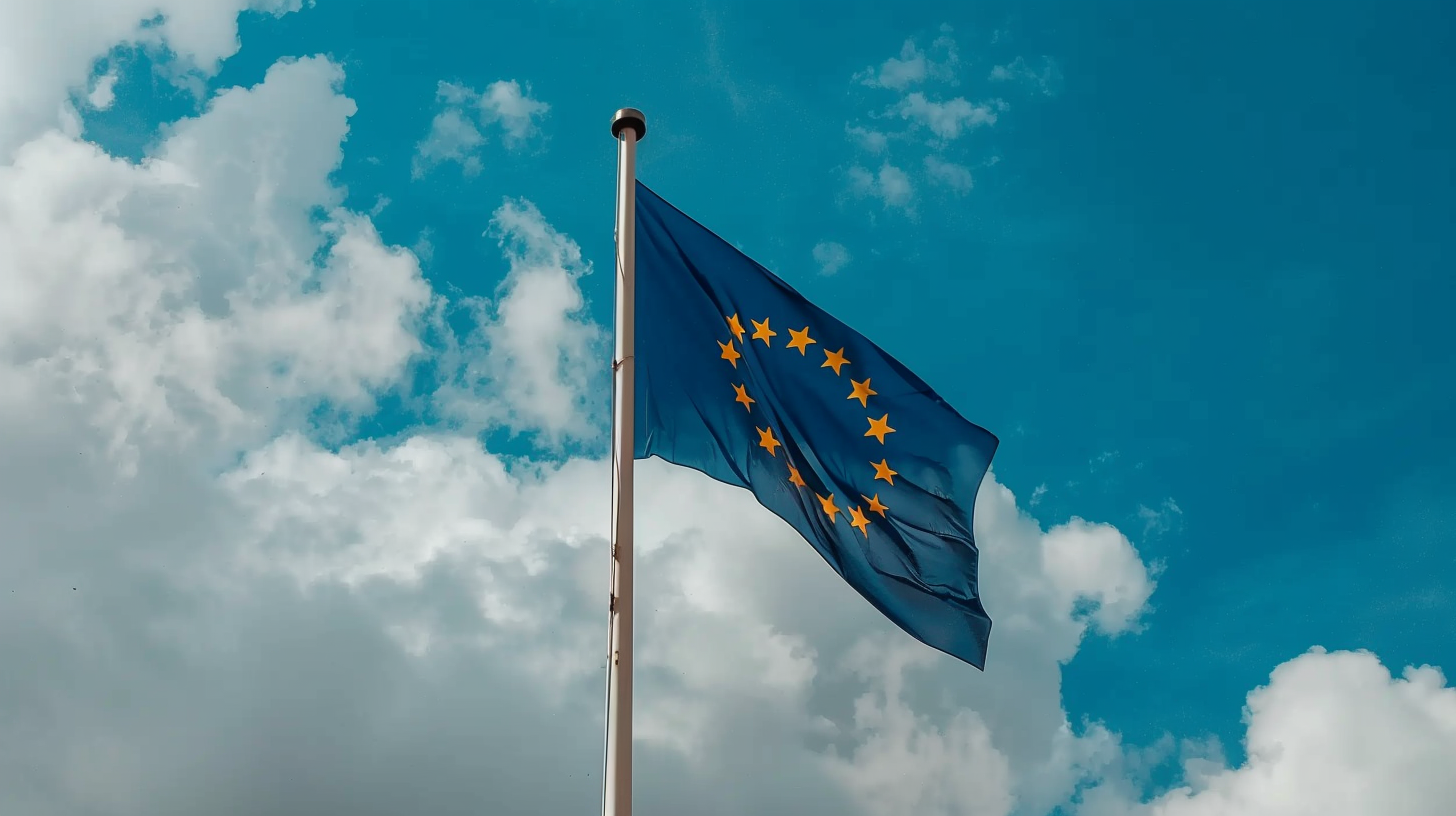TIMERIDEBlog
Father's Day around the world: different traditions and customs
On June 9, it’s that time of year again: the 450 million citizens of the 27 EU member states will vote for dthe European Parliament. This we would like to take the opportunity to take a look at the Ghistory of the European Union (EU) to throw.
From Kevin Otten
on 06.06.2024

Not an easy legacy
After the bloody conflicts that Europe had repeatedly plunged into, culminating in the Second World War, there was a consensus that something had to change fundamentally. And there must be ways to achieve lasting peace and stability. Six countries – Belgium, the Federal Republic of Germany, France, Italy, Luxembourg and the Netherlands – decided to pool their coal and steel production in 1951 – the founding of the European Coal and Steel Community (ECSC). This cooperation was intended to link economic interests and prevent future wars by sharing control over raw materials that were vital to the war effort.
A single European market is emerging
The success of the ECSC led to the signing of the Treaty of Rome in 1957, which established the European Economic Community (EEC) and the European Atomic Energy Community (EAEC). The EEC created a common market in which goods, services, capital and labor could move freely, while the EAEC enabled the peaceful use of nuclear energy. In 1985, the Federal Republic of Germany, France, Belgium, Luxembourg and the Netherlands signed the Schengen Agreement to open their internal borders. This was an important step towards European integration, as people could now cross borders much more easily and the participating countries removed barriers to their cooperation.
The founding of the European Union
More and more countries now wanted to become part of the successful model of the European Community. The first were Great Britain, Ireland and Denmark (1973), followed by Greece (1981) and Portugal and Spain (1986). The fall of the Iron Curtain also led to the reunification of West and East Germany in 1989. This development finally led to the Maastricht Treaty in 1992, in which the European Union was officially founded and the introduction of the euro as the common currency was agreed.
The choice is yours!
The history of the EU’s founding is a history of compromise and cooperation, of crises and progress. Today, the EU is facing new challenges such as climate change, digital transformation and geopolitical tensions. But the basic idea remains the same: to secure peace and prosperity in Europe through cooperation. The European elections on June 9 give you the opportunity to play an active role in shaping this path.

Kevin Otten
studied pre- and early history and provincial Roman archaeology. In order to deepen the knowledge gained in the lecture hall, he took part in a number of excavations at home and abroad. Before he to TimeRide he worked in two Research projects on the Roman and medieval Cologne. His Iinterest is them Change of the Material and everyday culture of the past Epochs and the regional history of the Rhineland.
